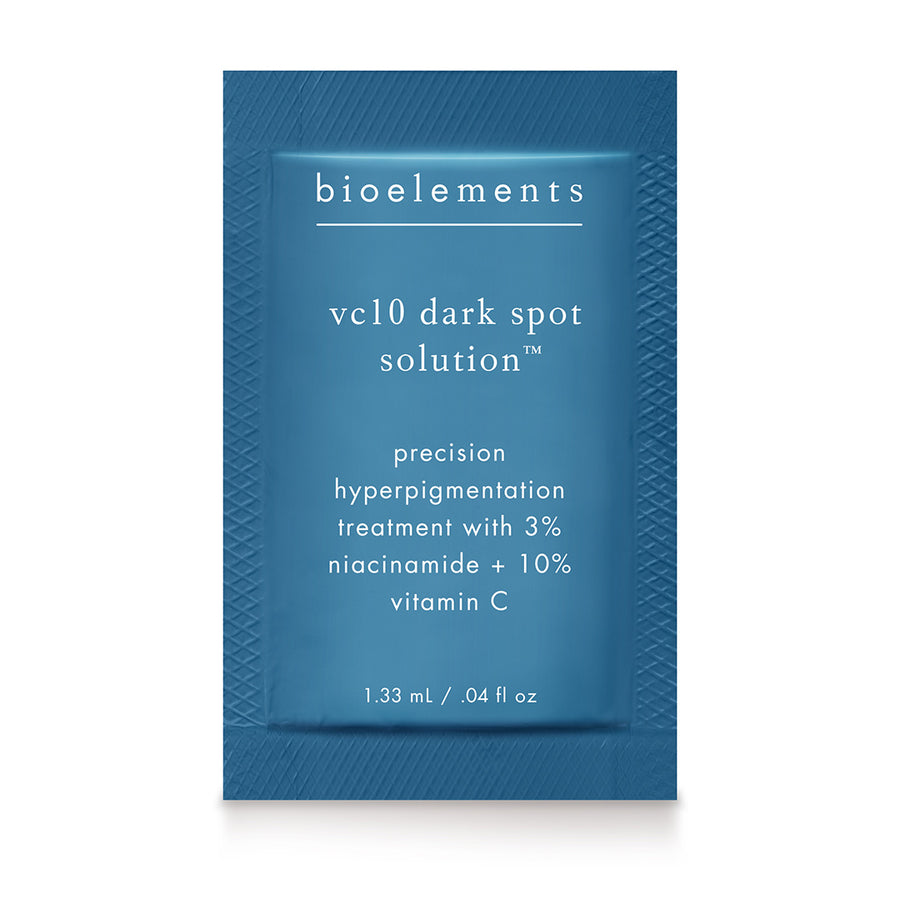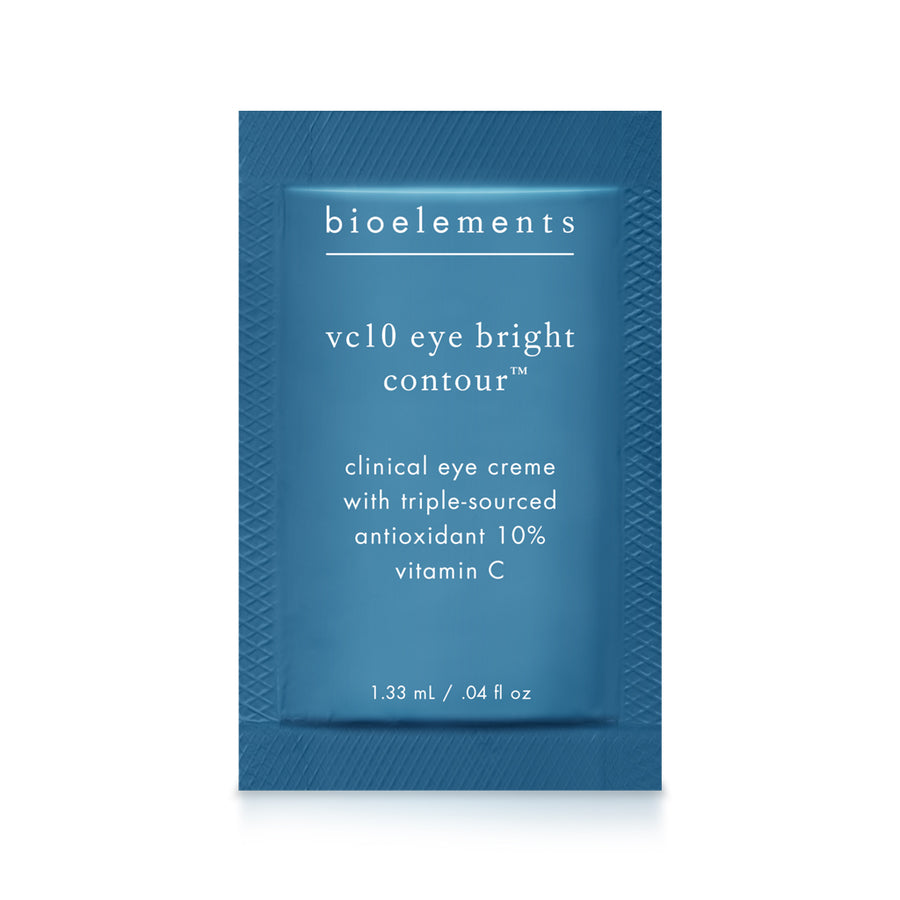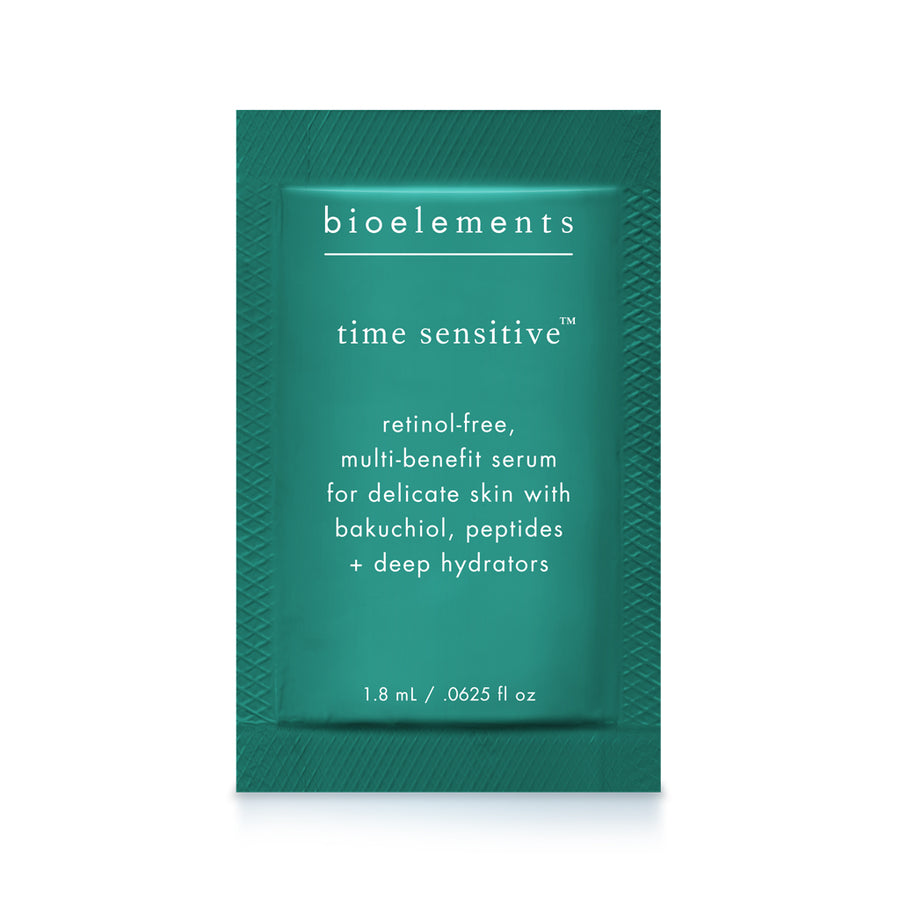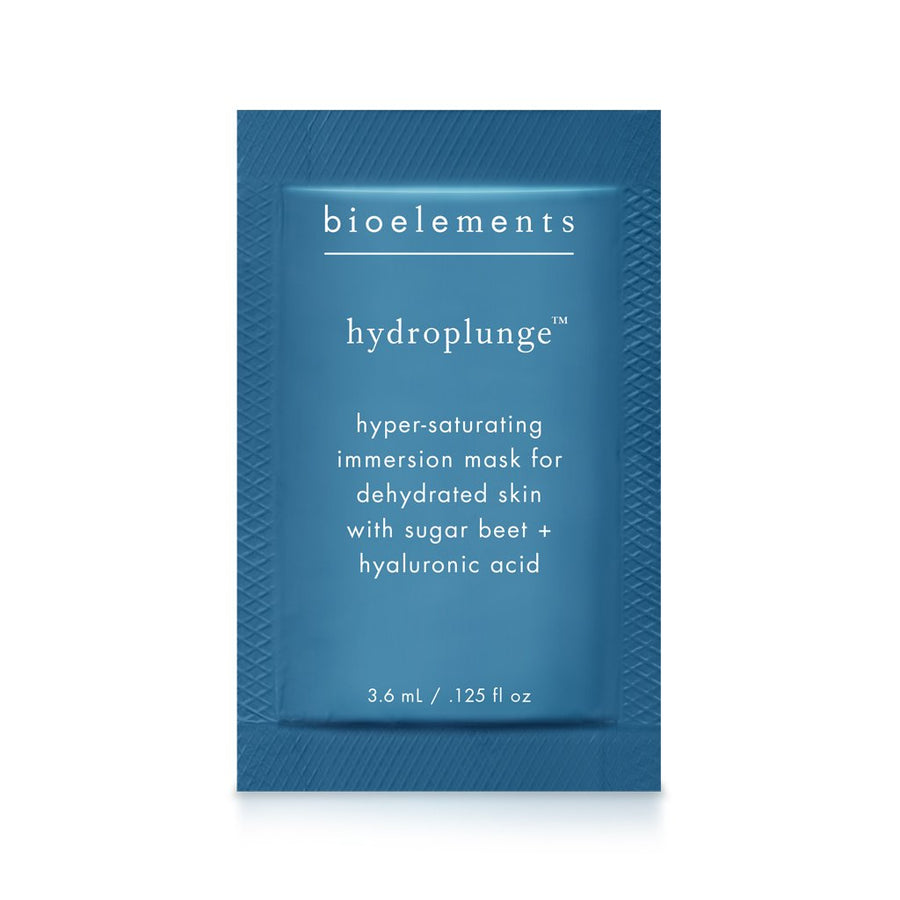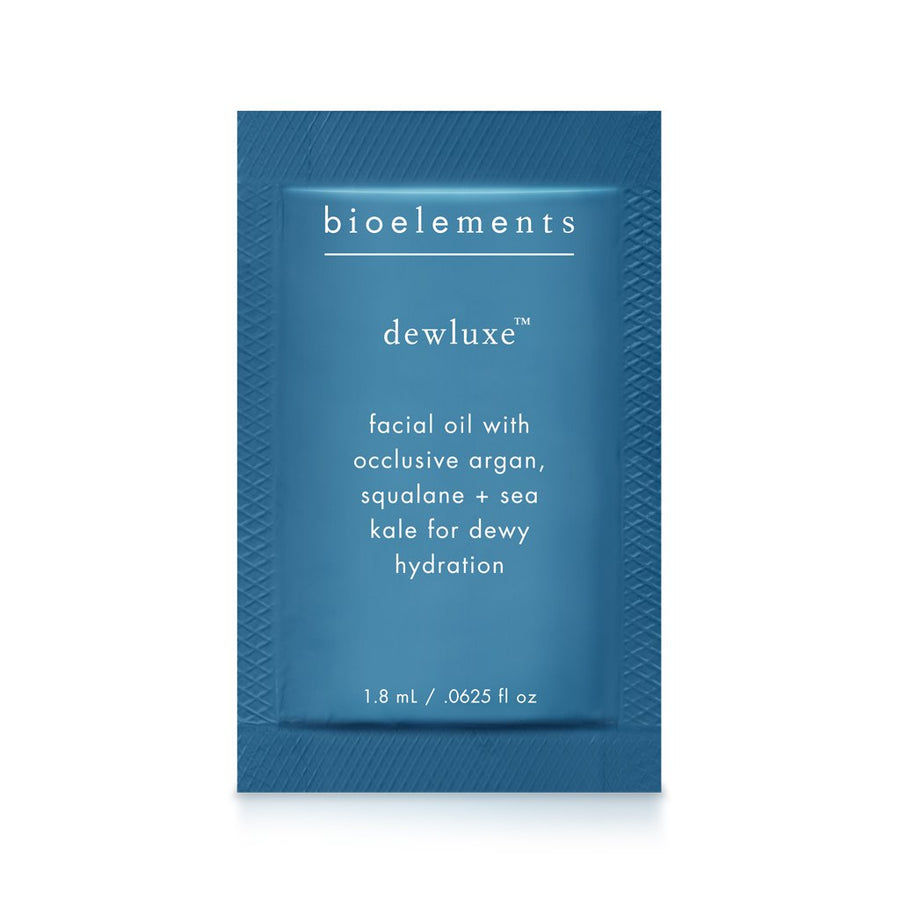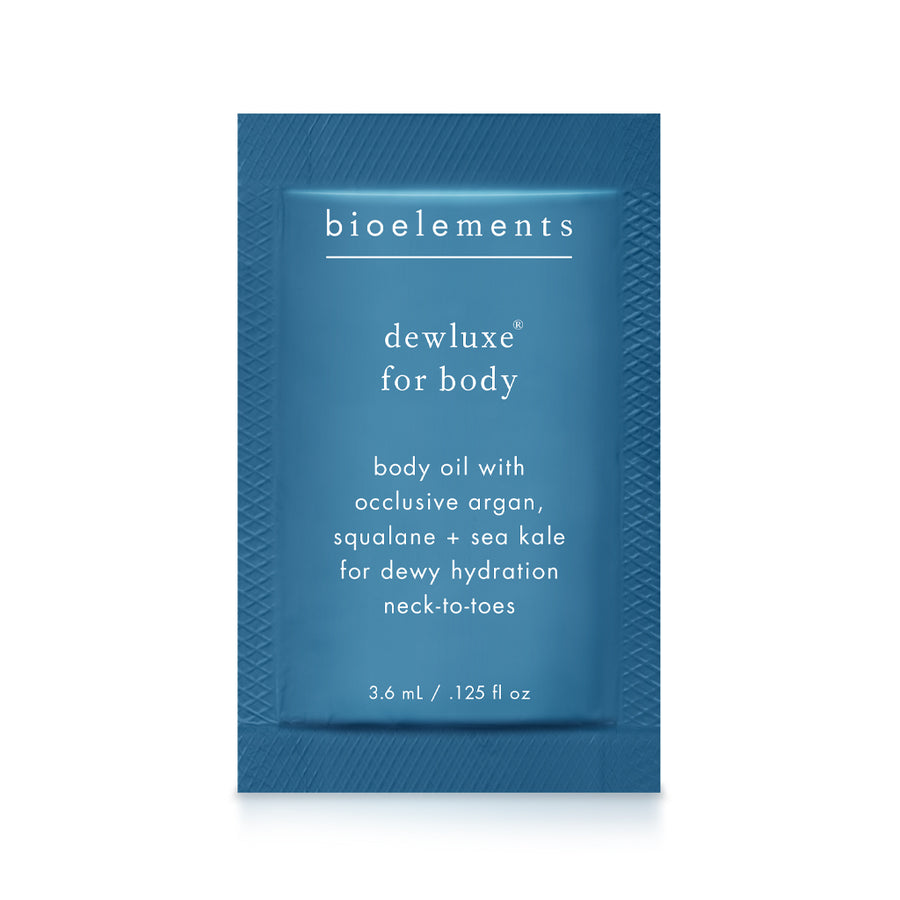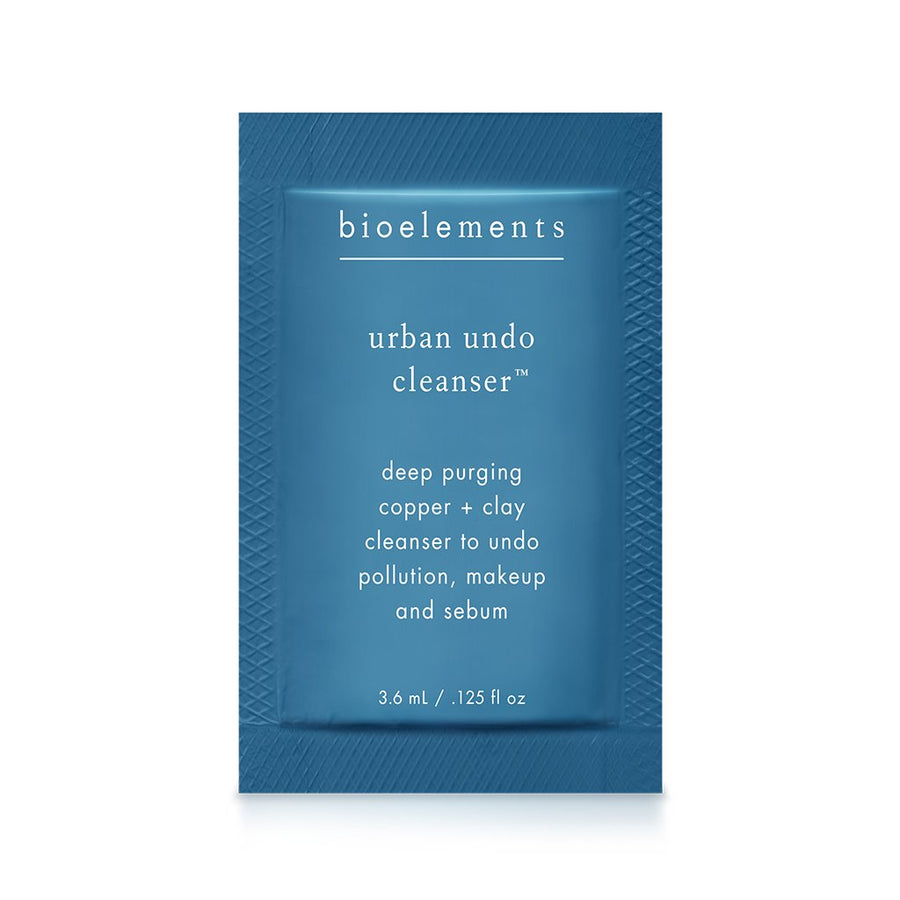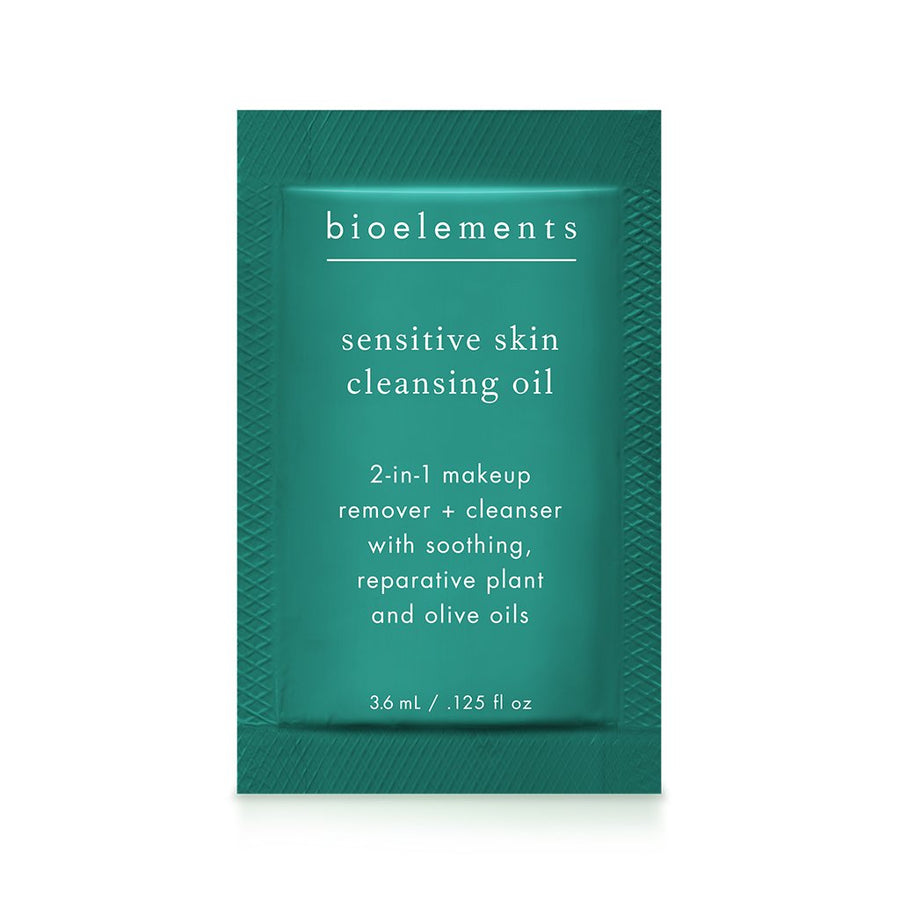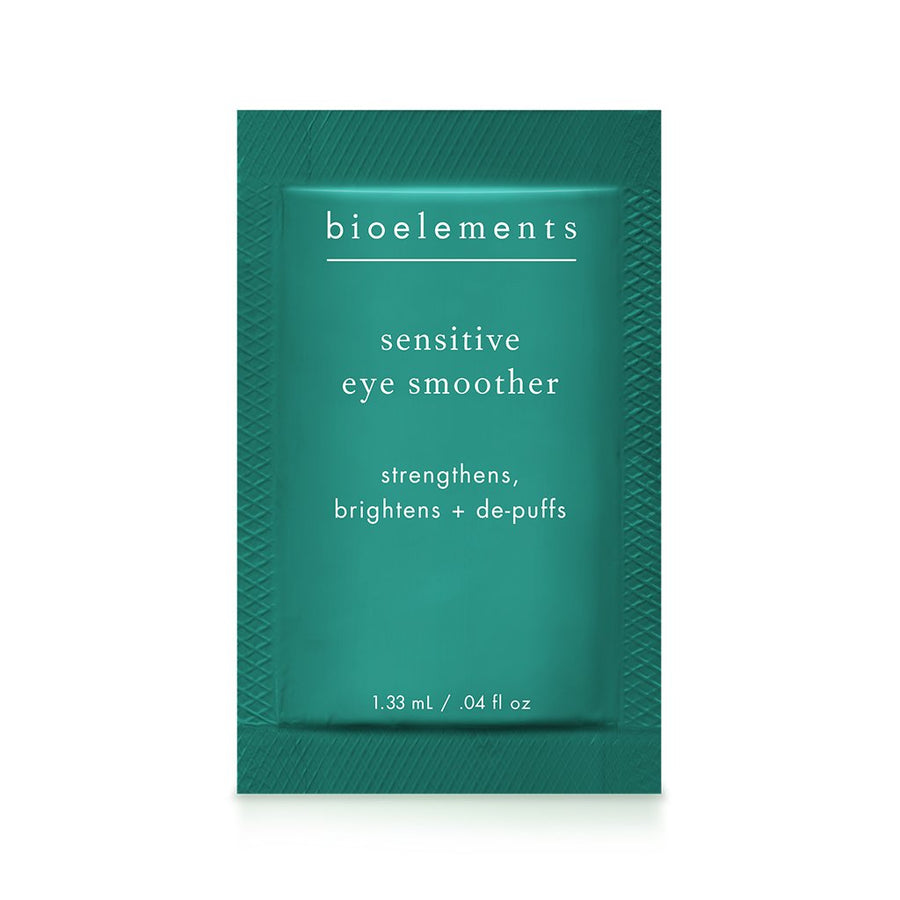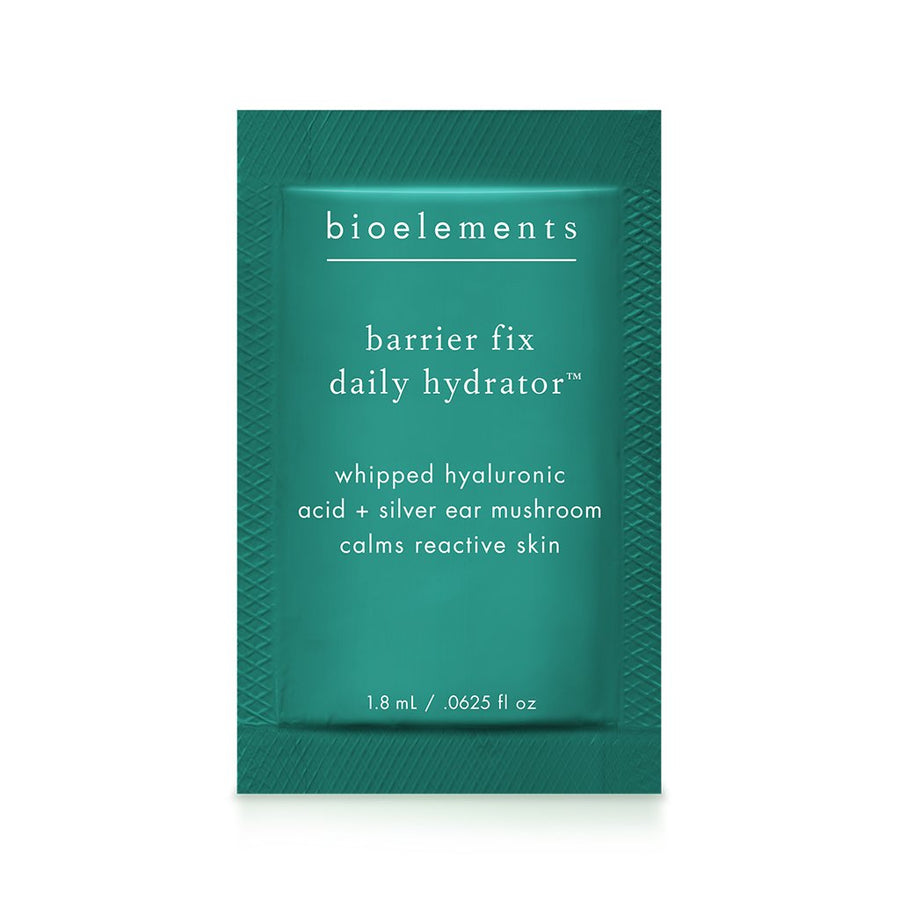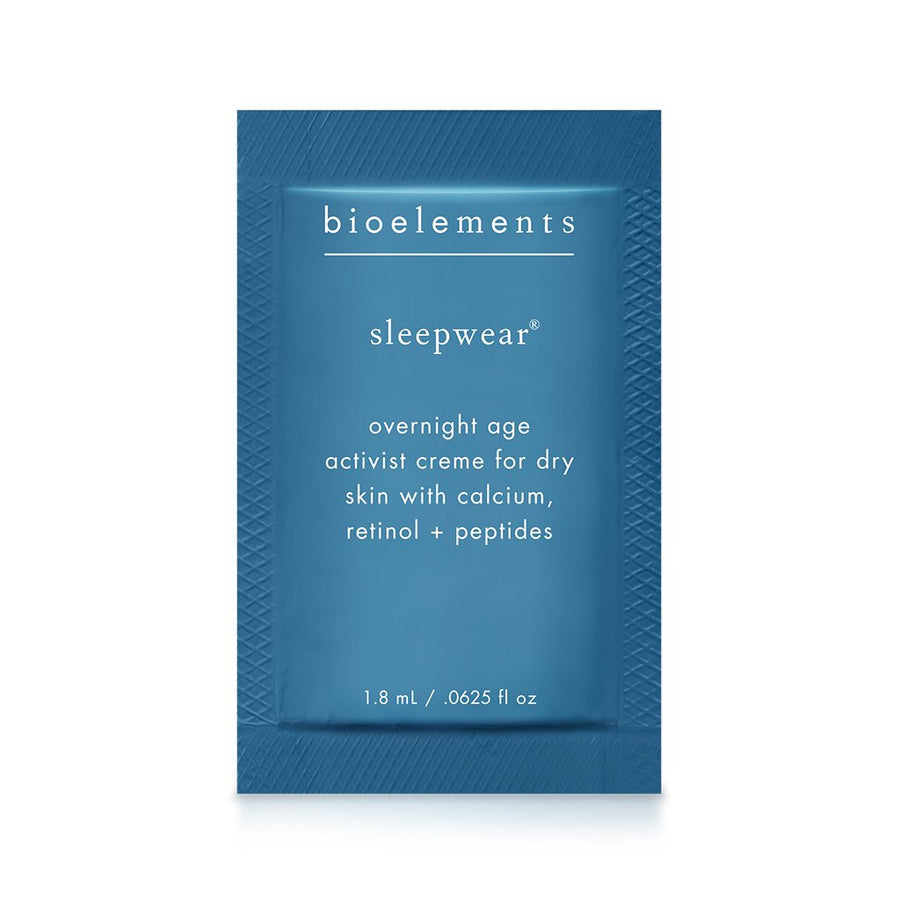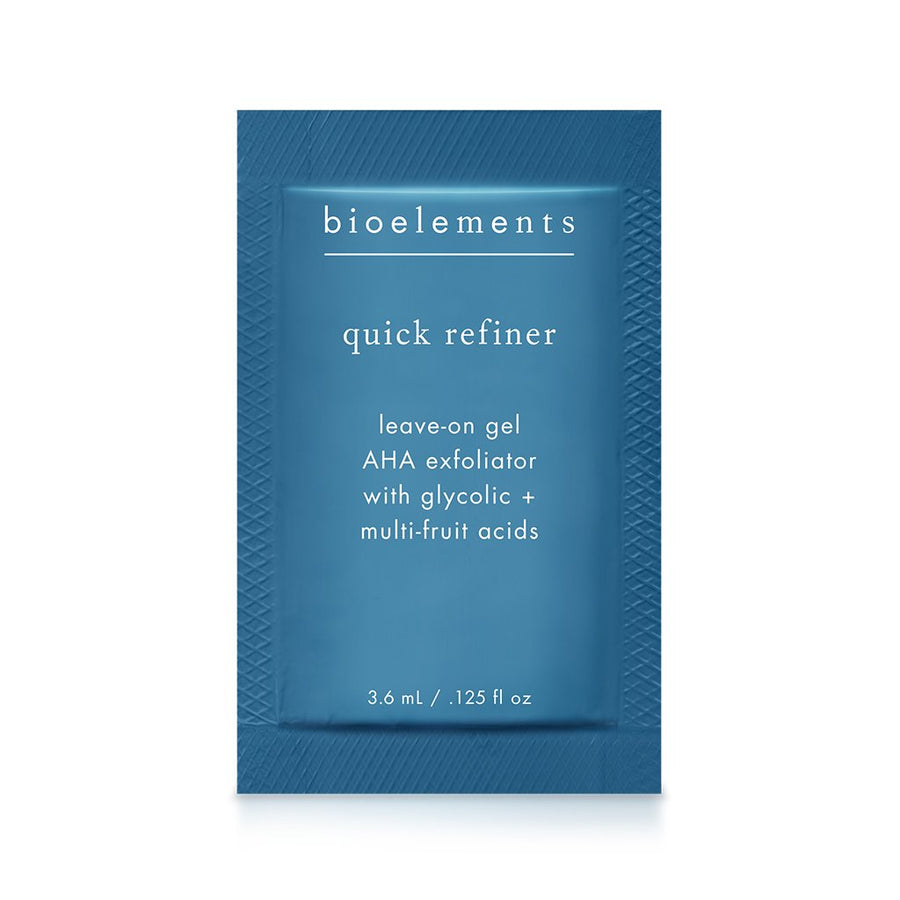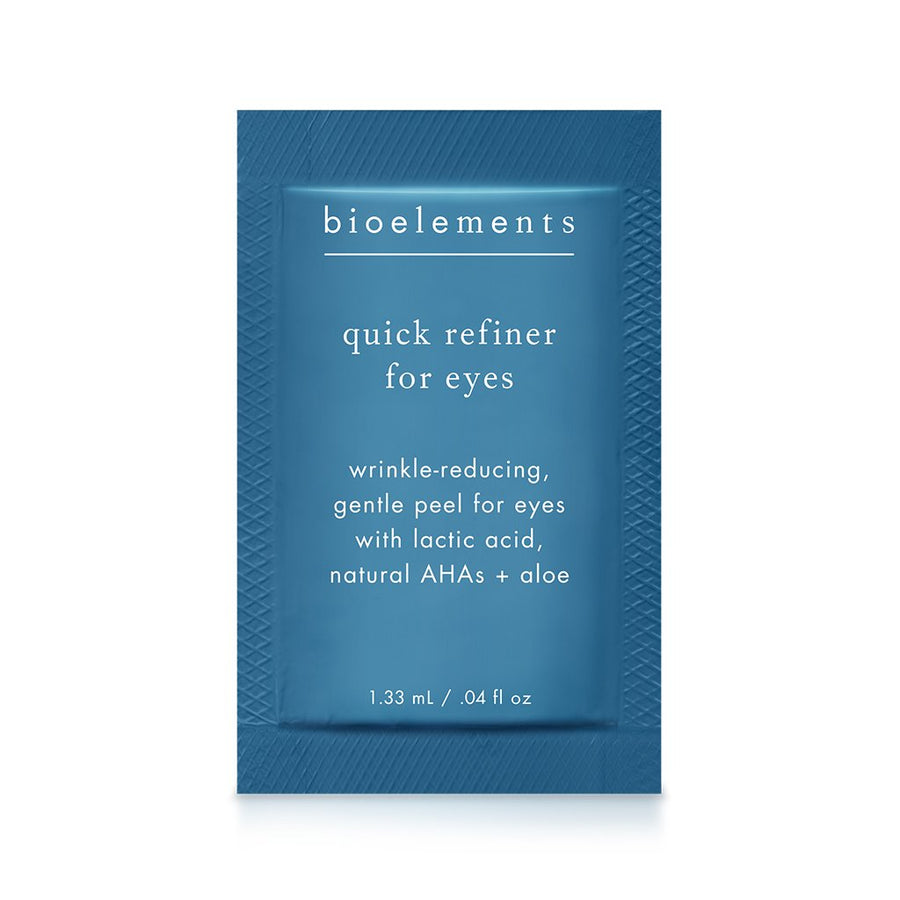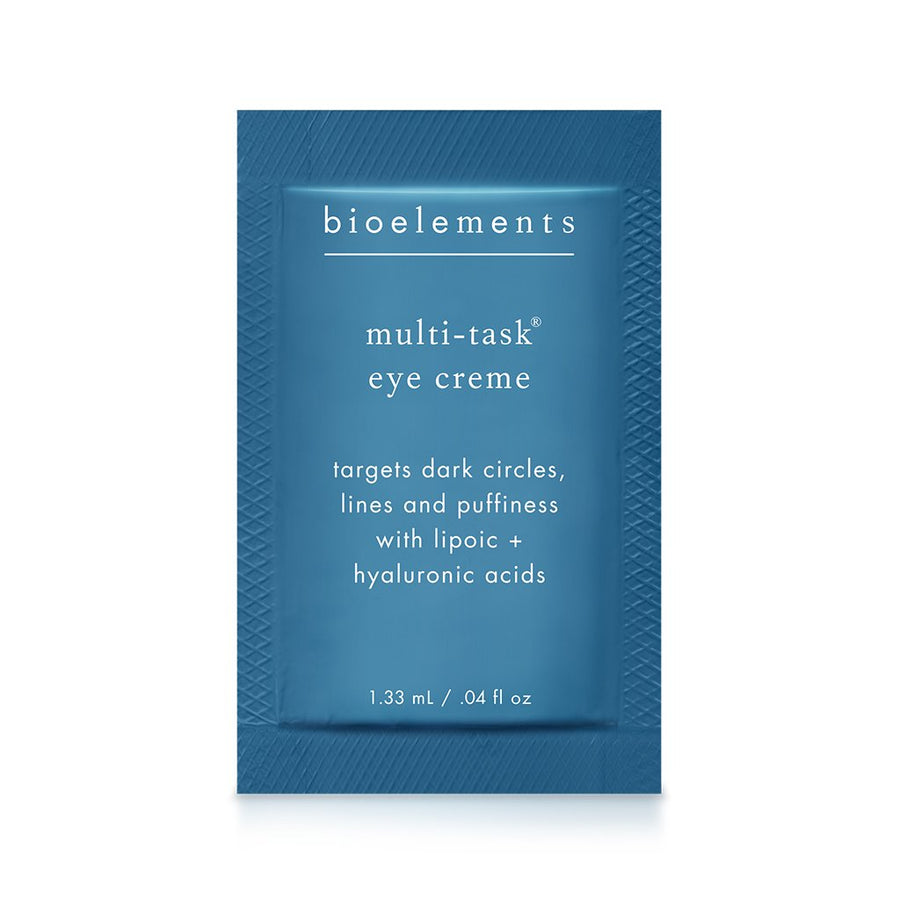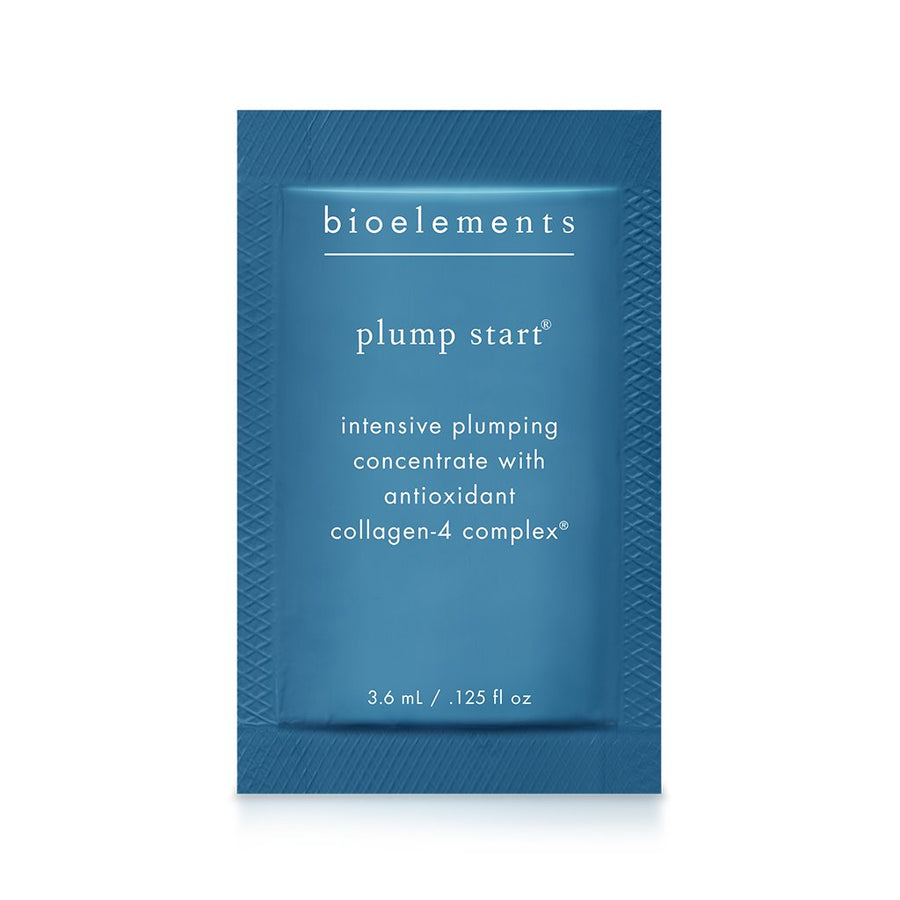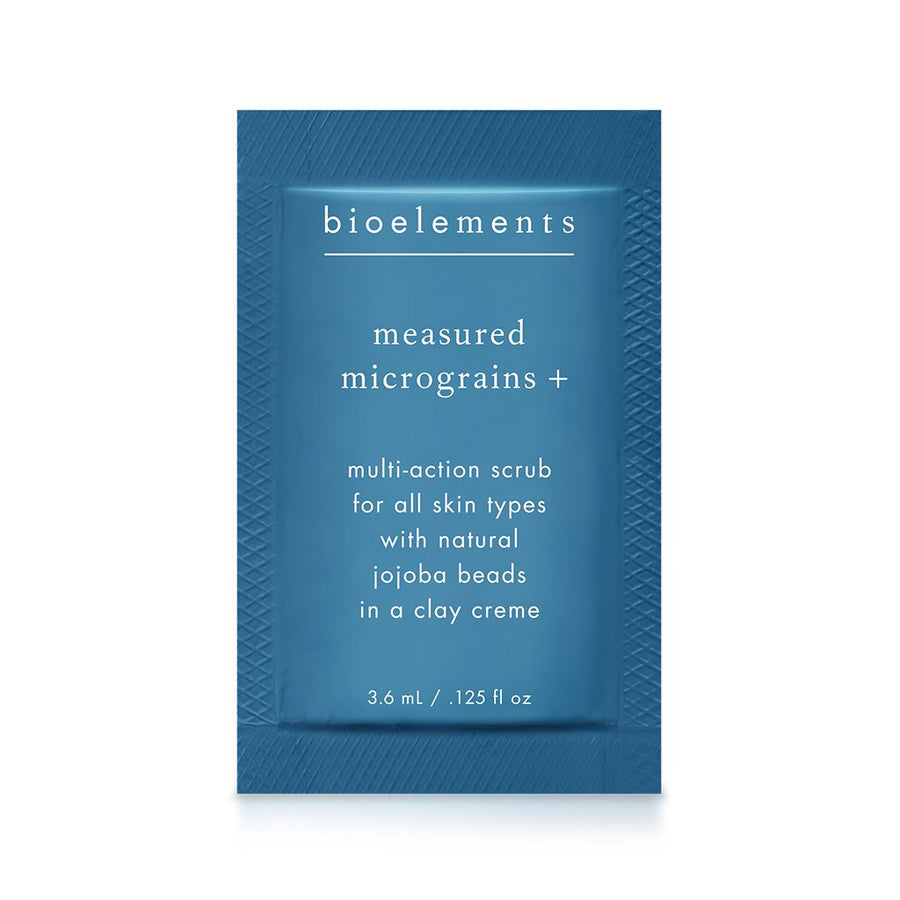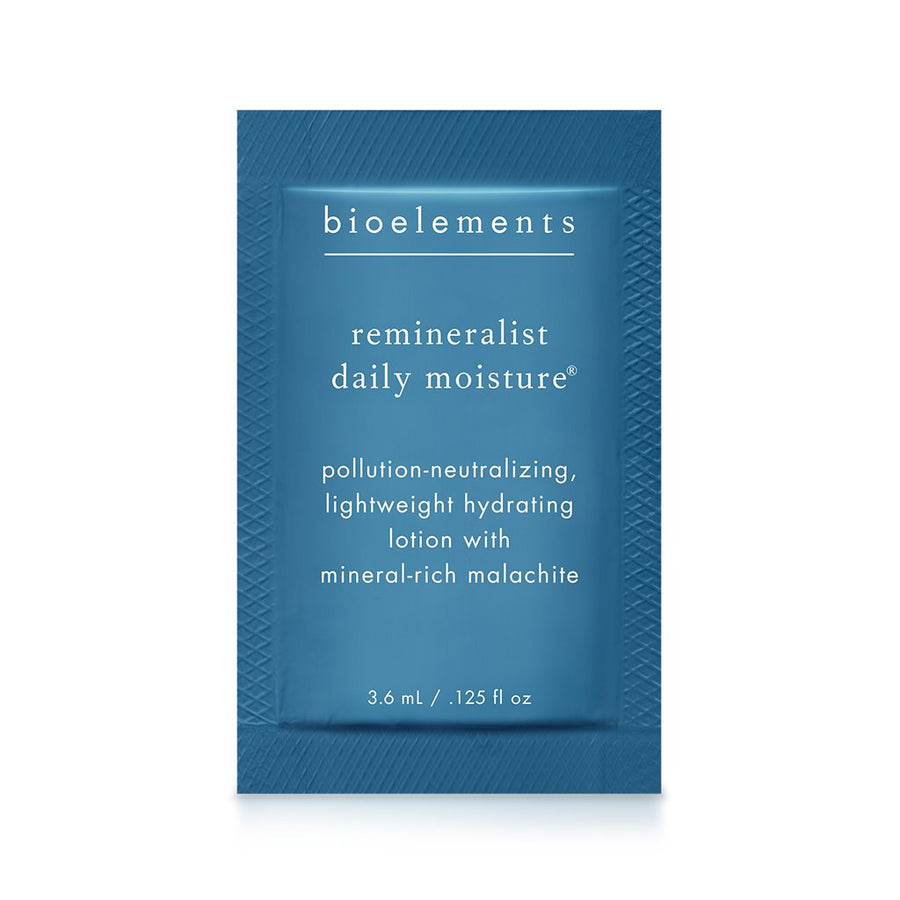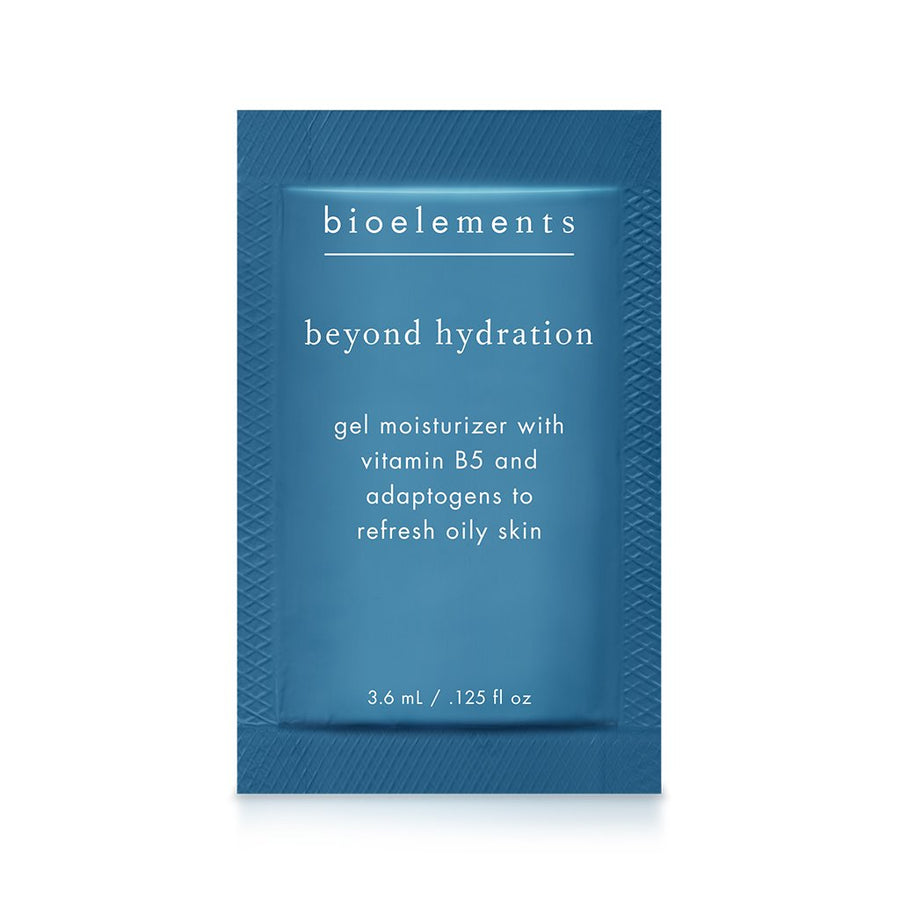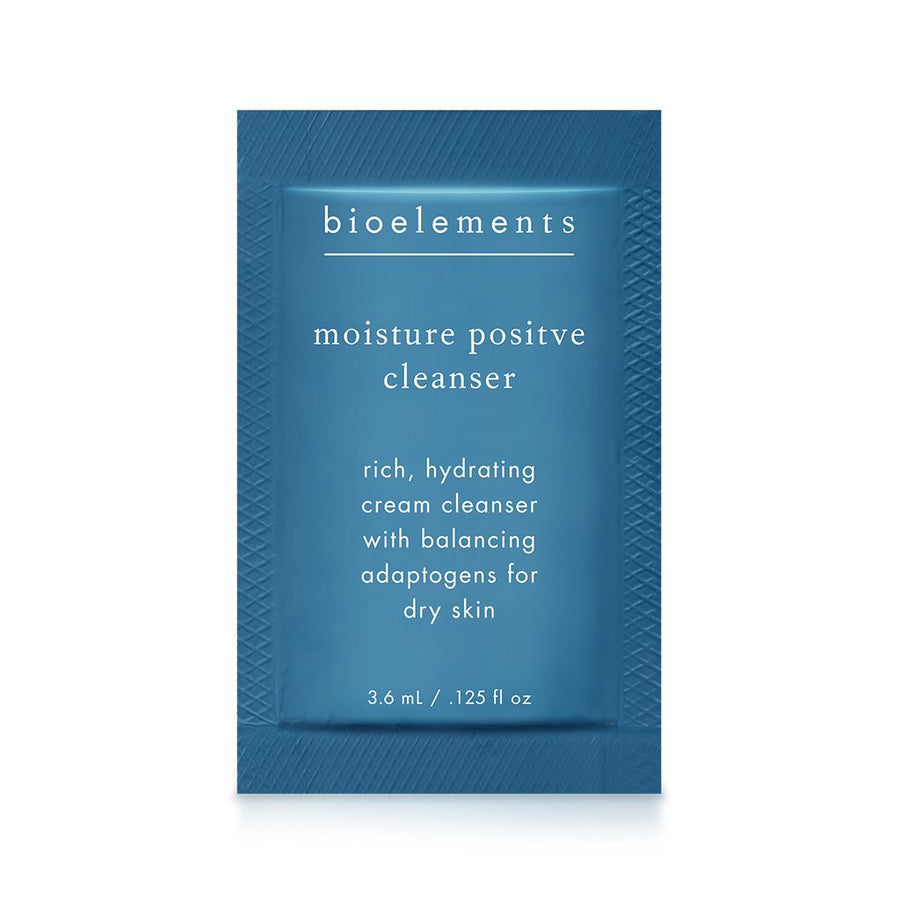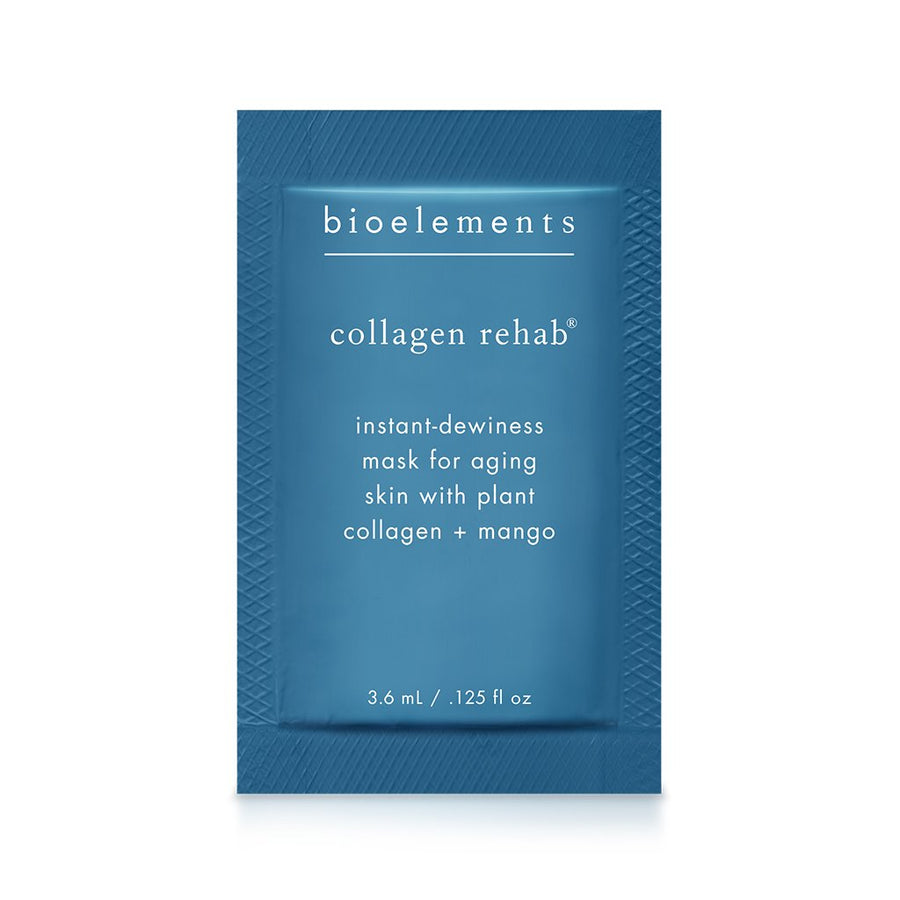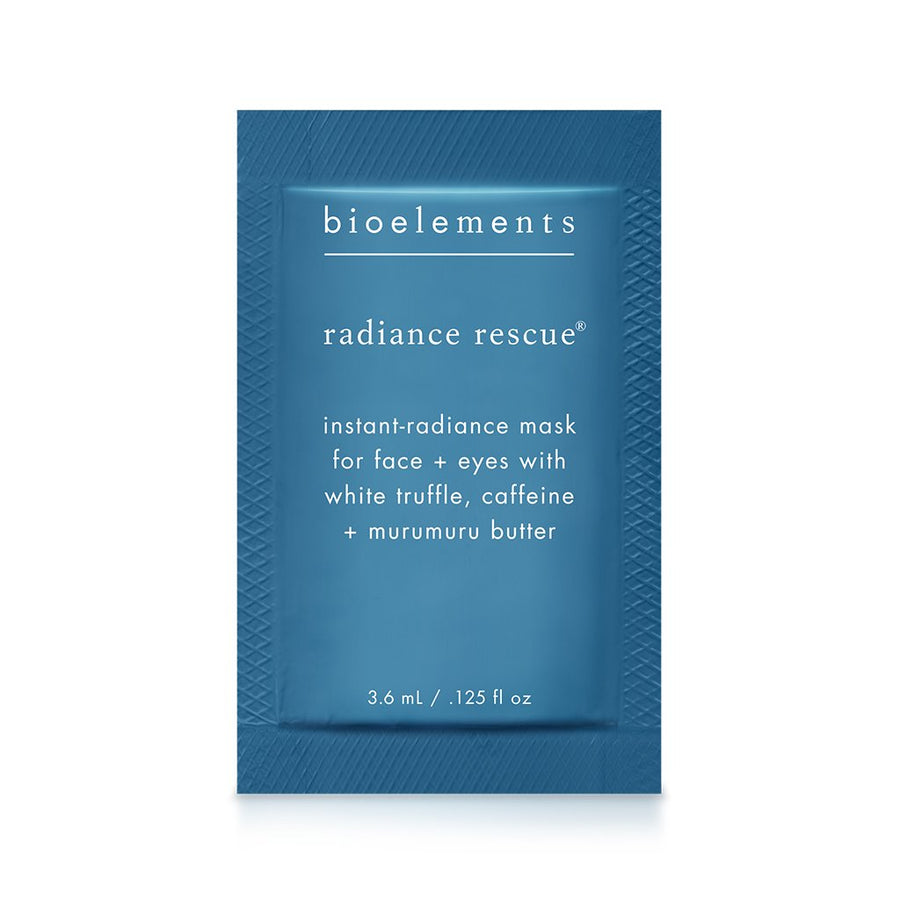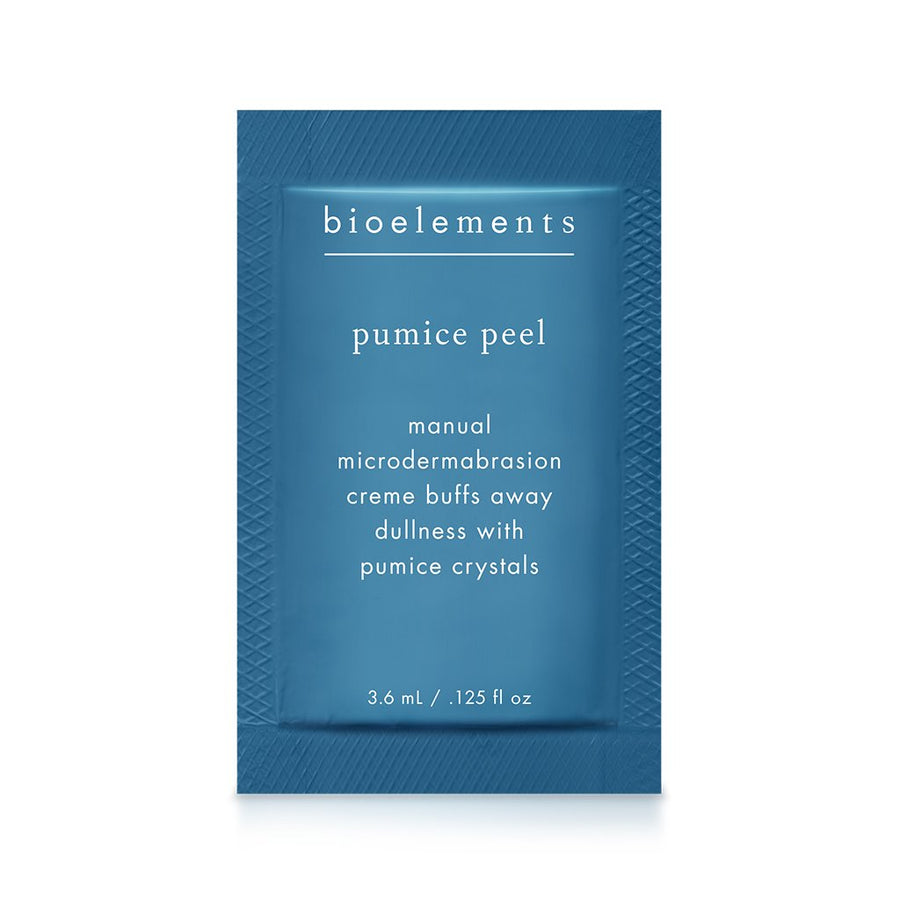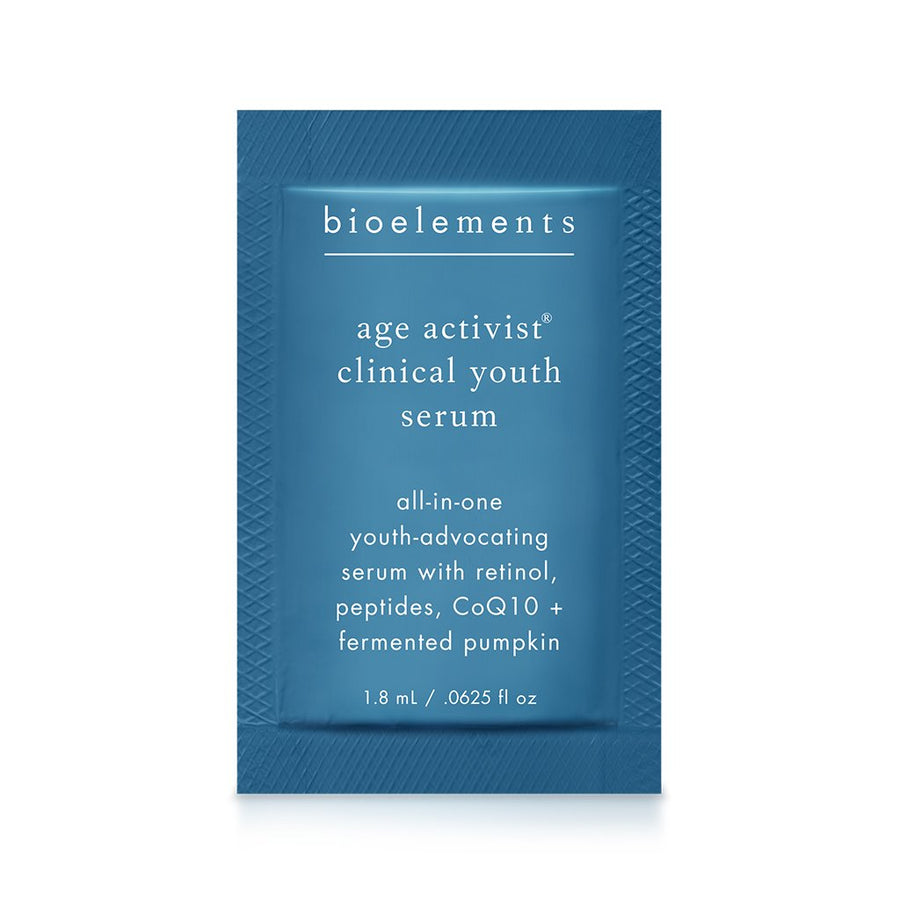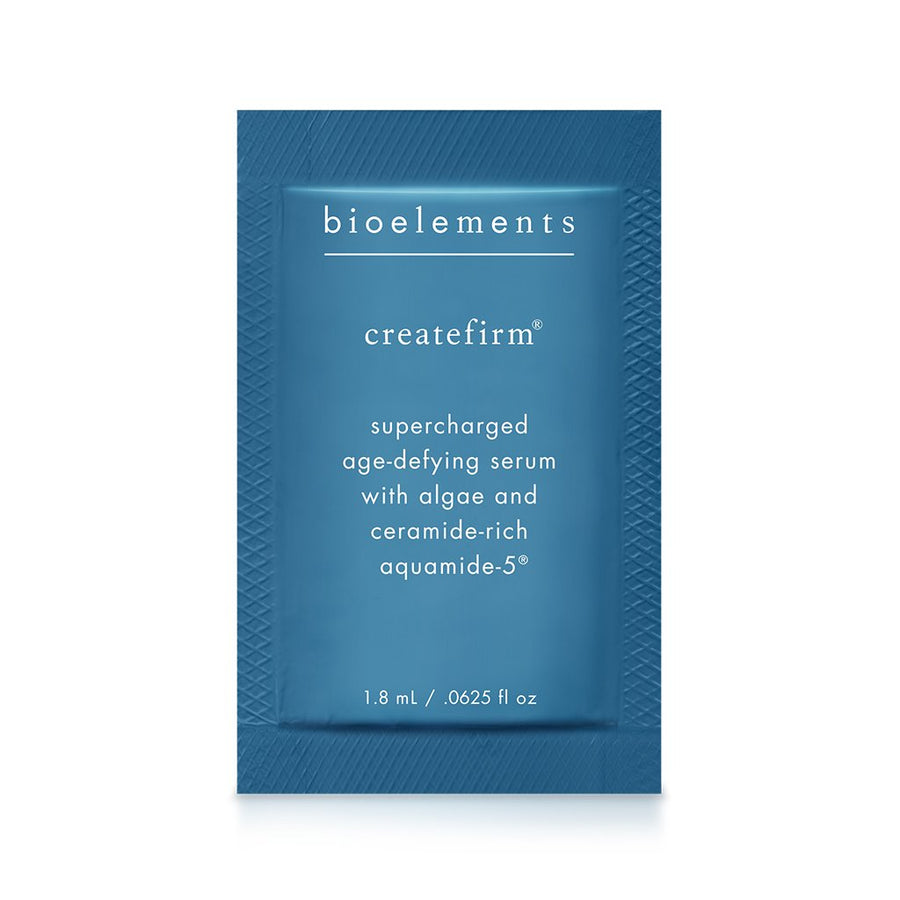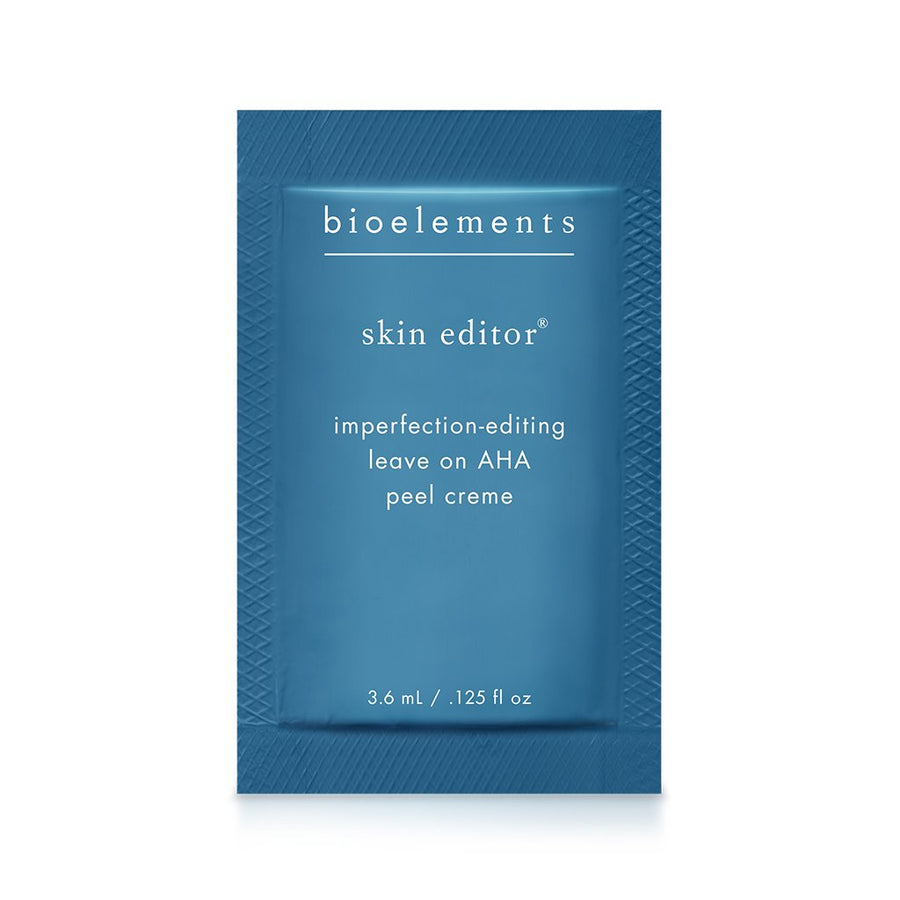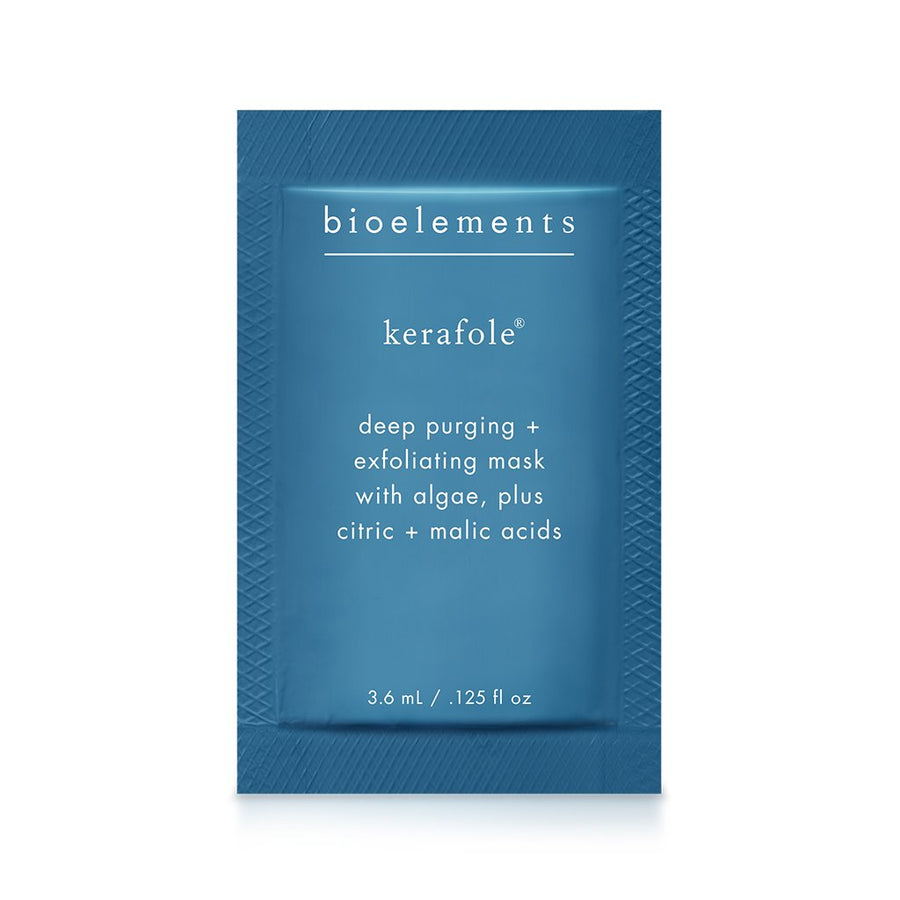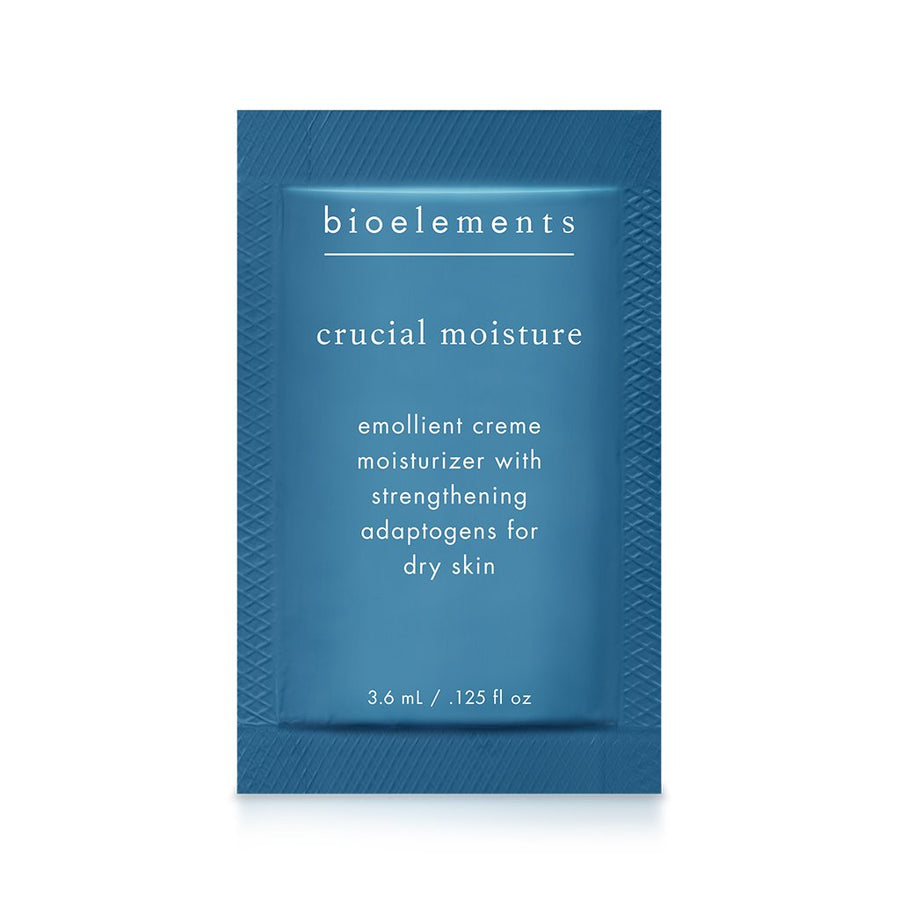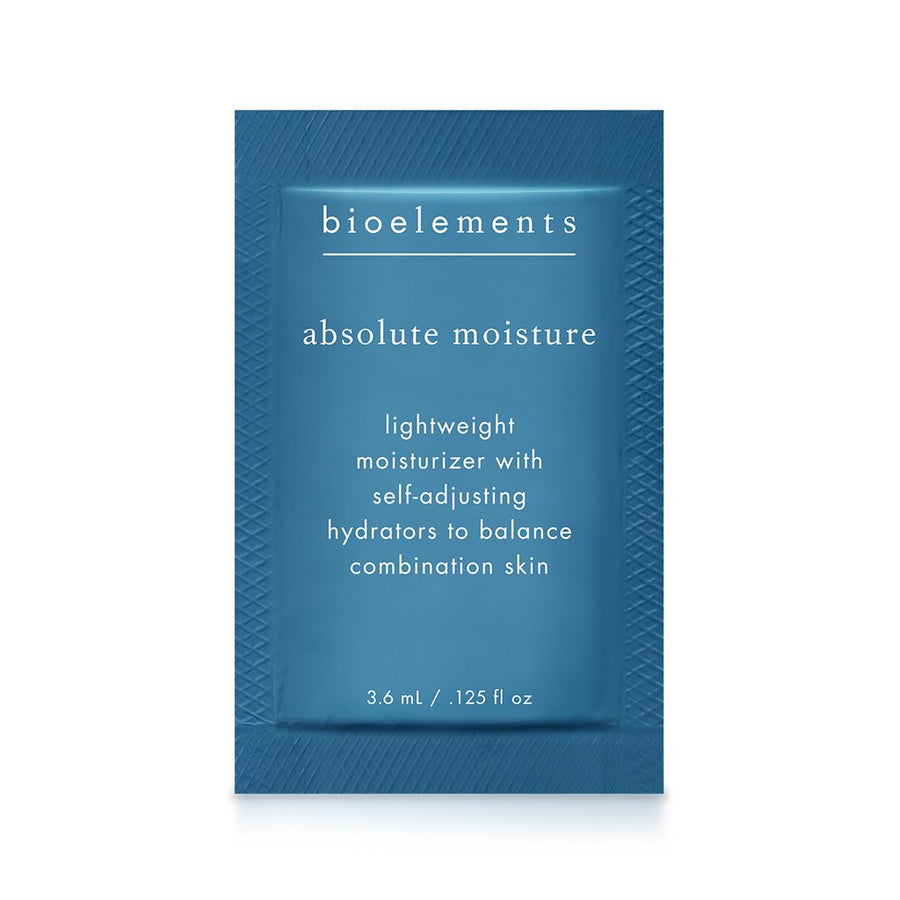Facials are meant to help you reveal your best, healthiest skin. But sometimes, instead of instantly radiant skin, you wake up a few days later to find tiny bumps or blemishes making a surprise appearance. Before you panic and assume your facial backfired, take a breath: what you’re seeing might actually be a normal (and temporary) part of your skin’s renewal process.
Here’s how to tell if you’re experiencing a short-lived skin purge or a true post-facial breakout, and what to do to help your complexion bounce back fast.
What is skin purging?
A skin purge happens when a professional facial treatment (like exfoliation, extractions or a peel) speeds up your skin’s natural cell turnover. This increased activity brings hidden congestion to the surface faster than it normally would.
During a skin purge, you might see:
- Tiny bumps or whiteheads
- Mild flaking or dryness
- A clear improvement in a few weeks
Think of it as your skin’s “detox phase.” What’s coming to the surface was already there; your facial just helped move it out faster. Once this clears, your complexion often looks smoother, more refined and visibly brighter.
What are post-facial breakouts?
A breakout, on the other hand, is a different story. Post-facial breakouts can appear when your skin becomes irritated or overstimulated during the treatment, or when your at-home routine isn’t giving your barrier the support it needs to stay calm and balanced.
Post-facial breakouts tend to:
- Feel tender, inflamed, or sore
- Persist for longer than two weeks
- Often get worse instead of better
Common triggers may include using strong actives too soon after a facial or not following your esthetician’s post-facial care advice.
How to care for skin after a facial
1. Keep it simple
Use gentle, non-exfoliating formulas and avoid introducing new actives for at least a few days.
2. Hydrate + protect
Moisturize daily and apply broad-spectrum SPF, as your freshly treated skin is more sensitive to UV exposure.
3. Hands off
Avoid touching, picking or scrubbing, as this can lead to irritation or scarring.
4. Stay consistent
Follow your esthetician’s post-facial care plan exactly. It’s designed to extend your professional results.
5. Give it time
Mild purging is temporary. Consistent care will reveal your post-facial glow.
When to reach out to your esthetician
If your skin still hasn’t settled after about two weeks (or if those blemishes start to feel angry or painful), it’s time to check in with your esthetician. They can assess what’s really going on, tweak your at-home routine, or recommend a balancing treatment to get things back on track.
With a little expert guidance (and some gentle post-facial TLC), you’ll move past the purge and uncover the smooth, healthy glow your facial was meant to deliver.
Skin purge vs. post-facial breakouts: key differences
| Skin Purge | Breakout | |
|---|---|---|
| Timing | Clears in a few weeks | Lasts longer than 2 weeks |
| Type | Small, uniform bumps | Larger, inflamed blemishes |
| Cause | Increased cell turnover | Irritation, imbalance, or clogging |
| End Result | Clearer, smoother skin | Lingering redness or new blemishes |





